We had a fantastic children’s program on Sunday for our morning worship at Oak Grove Church. They title of the program was “Christ-Myth Busters” and the kids helped us deal with some misconceptions or myths that have become part of the Christmas narrative. I thought it would be fun to remind you of a few of them.
Date of Christ’s actual birth – probably not in December as most research goes. Some would generally place it further into the year around April or May. December 25th was in fact a different ceremony that Christians adopted and changed the focus of it to Christ’s birth. There are several suggestions including: January 6th, March 21st, April 18 or 19; May 29, November 17 and even the 20th.
No room at the Inn – the common Greek word for hotel or inn would be “pandocheion”. Luke 10:34 is the story of the Good Samaritan who brings the man who was robbed and beaten to an inn (pandocheion). The word used in Luke 2:7 is κατάλυμα, guest room, dining room. When Jesus ate the Passover with His disciples he sent the disciples to follow a man to his house and ask him to use his “guest room” for their Passover (Mark 14:14; Luke 22:11). Being that the census required people to back to their home town all of Joseph’s relatives were all gathered back in Bethlehem so it is very possible that they were simply at the back of a relative’s house or cave where the animals were kept.
Animals – it is likely the animals were moved for the sake of housing people and there is no actual mention of animals in Matthew or Luke in the manger. Not even the sheep for when the shepherds came.
Manger – the actual word for the English word “manger” is derived from a Greek term that the core idea means “to eat” which is either a spot where an owner would tie off their animals so they could eat or as most would believe a feeding trough. It is very possible that Jesus was placed in a feeding trough.
Angels – we often see pictures of the angels making this glorious announcement to the shepherds (Luke 2:9-15). Often they are all flying above the shepherds several hundred feet above the ground. That is entirely possible but the term to describe the sole angel that first appears to the shepherds is often translated as “stood before them” or “stood by them” in some translations. The picture here is the angel was standing on the ground in front of the shepherds. This word is often used of people who suddenly appear like the men who suddenly appeared at the gate to call Peter to Cornelius’s house (Acts 10:17). So it is possible that one angel suddenly appeared but may have actually been standing in front of them on the ground. Even the host of angels that appear with the first angel could have been standing on the ground too. Could they have been “in the air” – possibly? Could they have all been standing on earth with the first angel – that is possible too.
Three kings – this is an old myth thinking these travelers were kings. Magi is the proper term and usually described individuals who were probably astrologers or wise-men who studied the stars. In Acts 13:6 the term is translated as magicians which is determined by context. The other problem is the suggestion that there were only three of them because there was only three gifts to give. But it is more likely if they traveled with some kind of caravan for the purpose of safety and a need for some provisions for a long journey. For example in Acts 8:26-38 where it only speaks of the Ethiopian Eunuch, who being a court official had some higher status but clearly was not traveling alone (Acts 10:38) when he ordered the chariot to stop.
Magi at the manger – we know that the time frame does not fit for them to be present at the manger but they also did not go to a manger to see Jesus but they went into the house where Jesus was staying. So clearly there was a change of venue before they arrived.
Merry Christmas!
Brad Little

